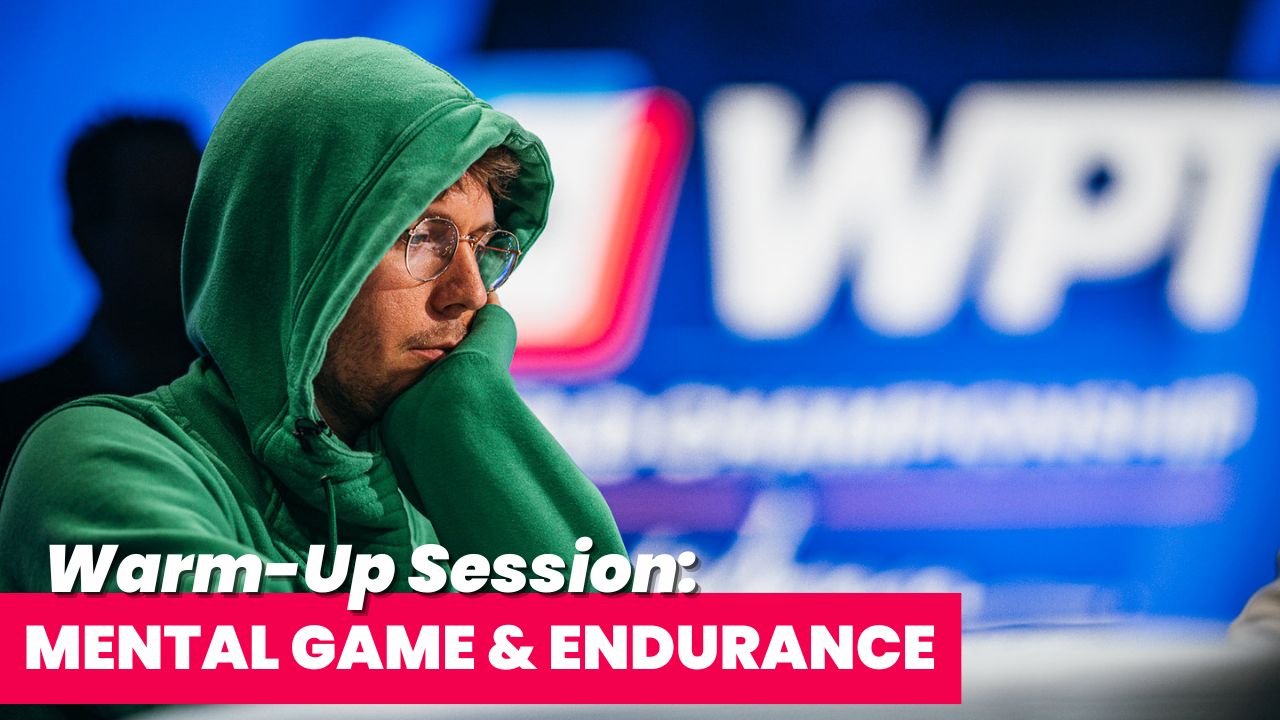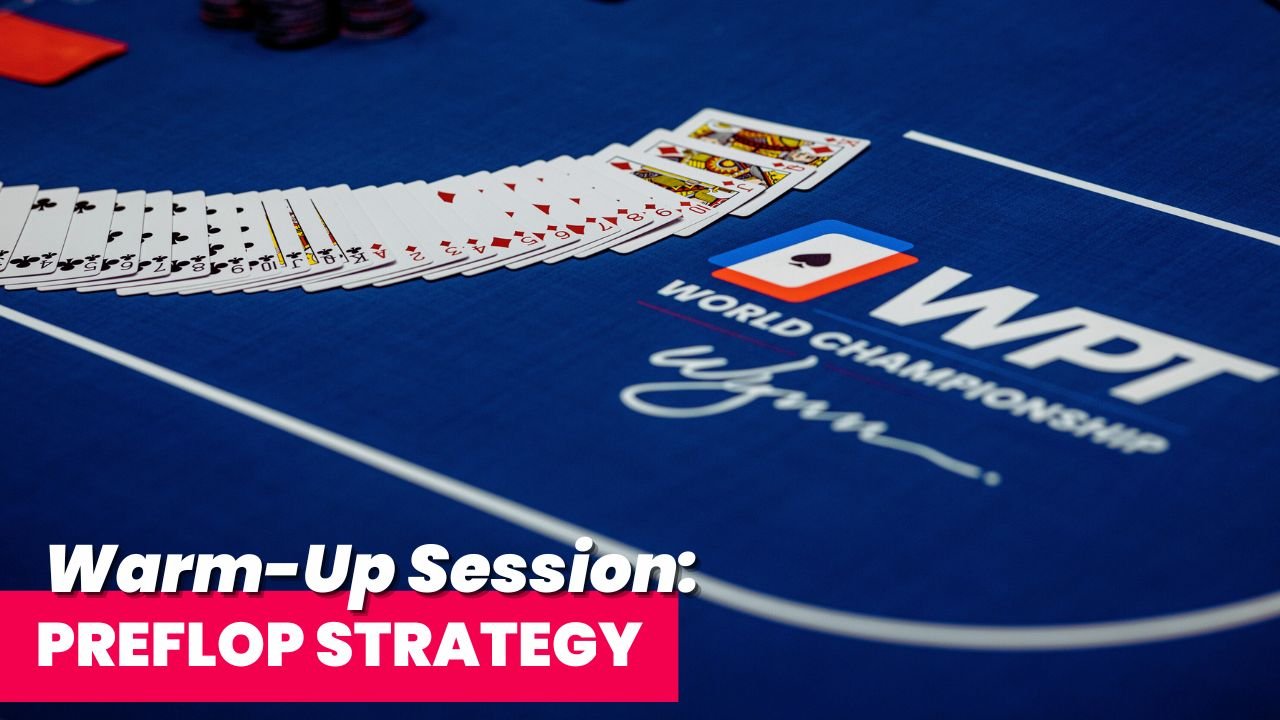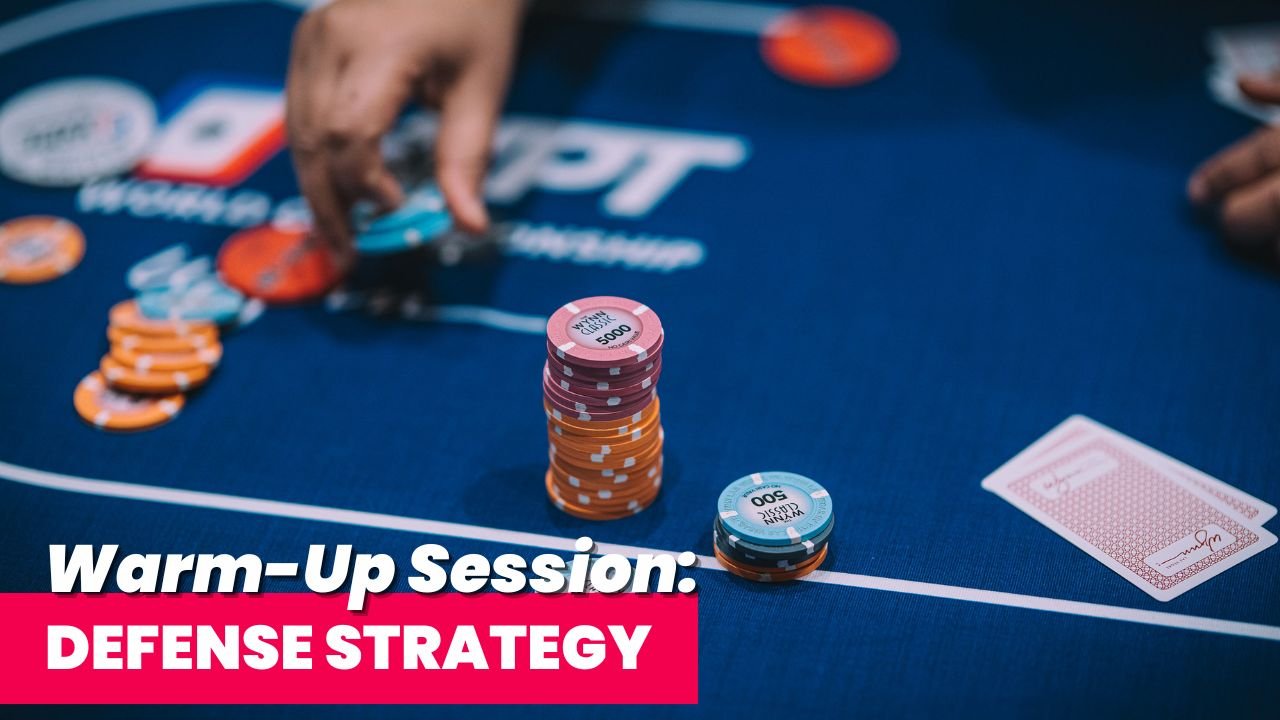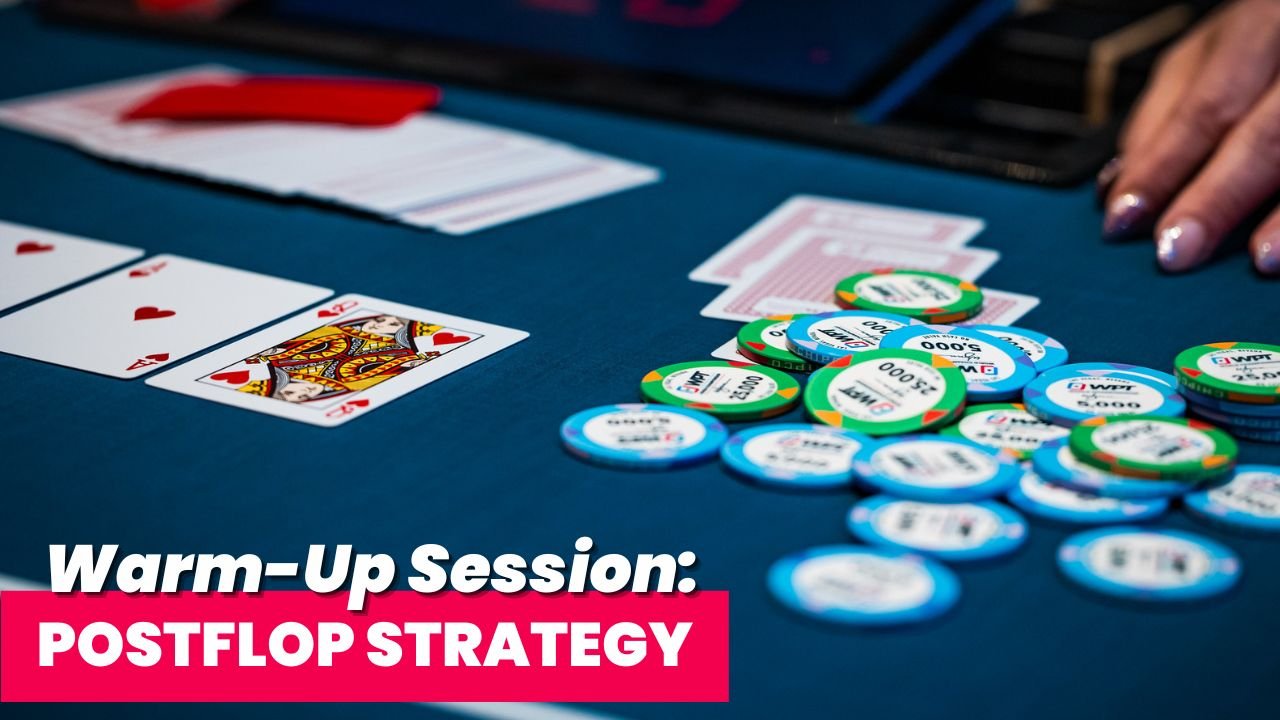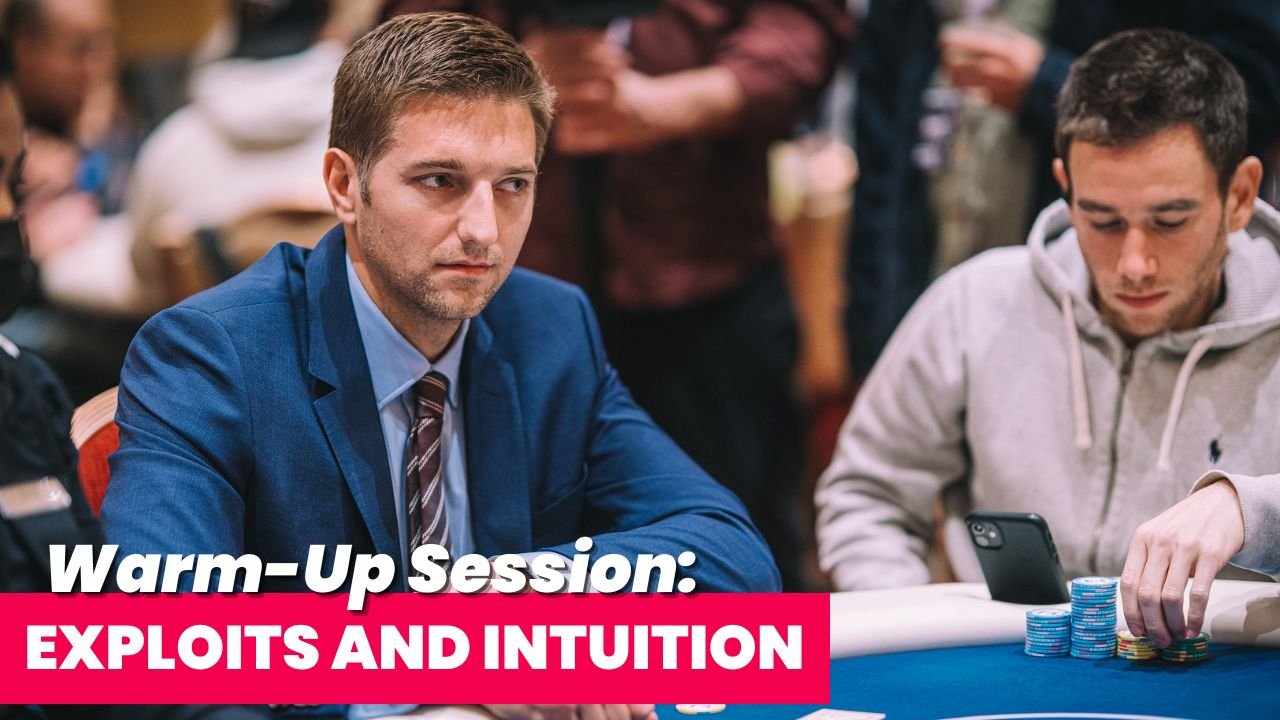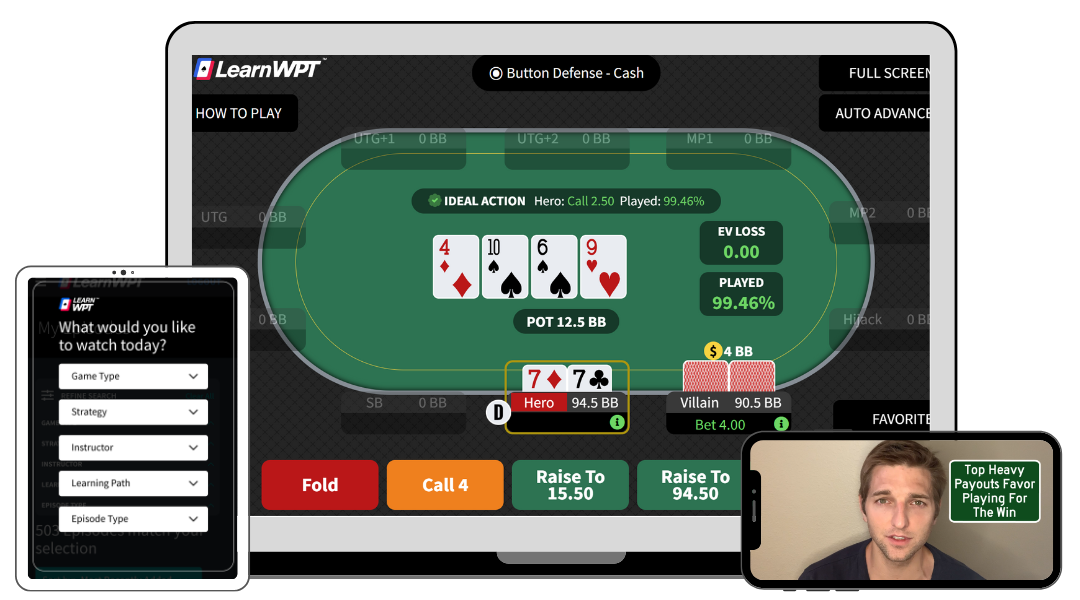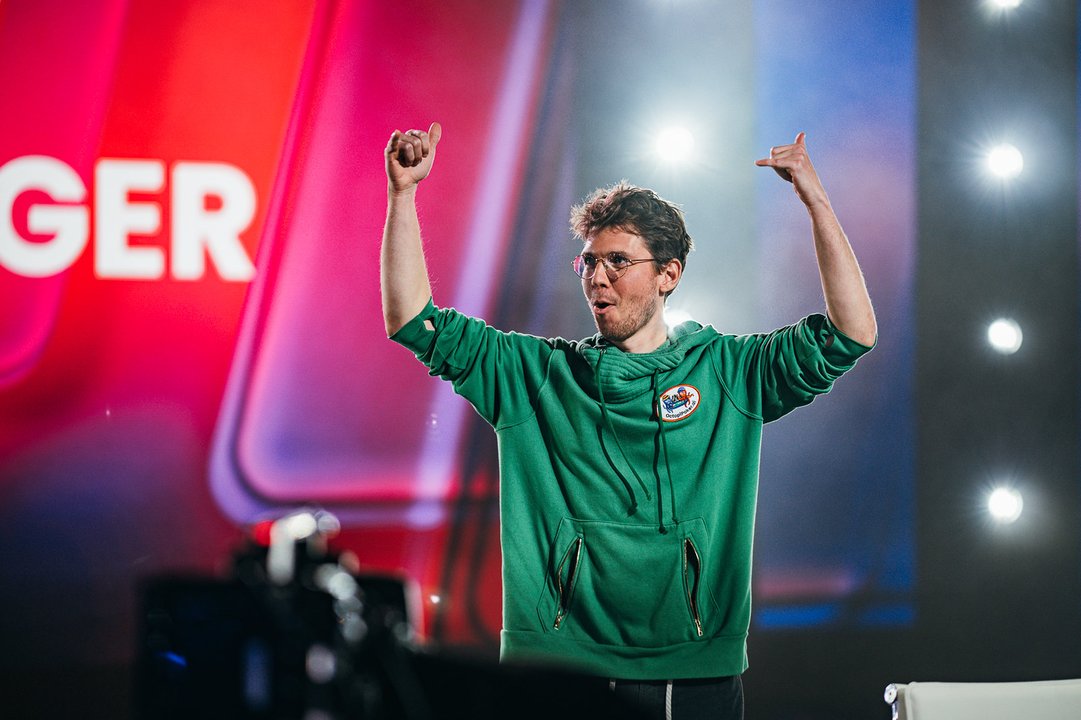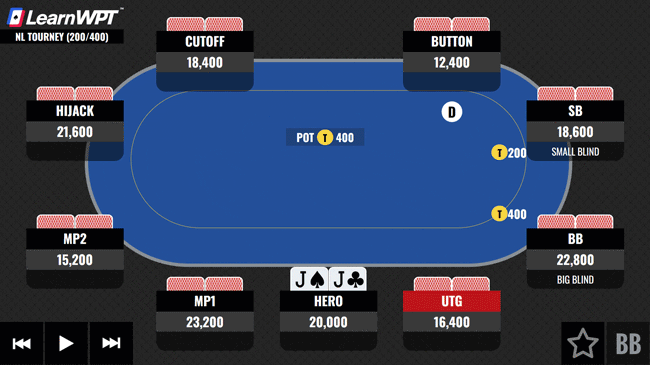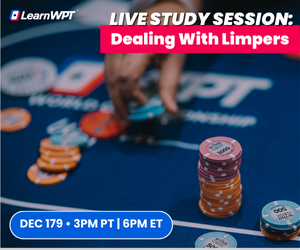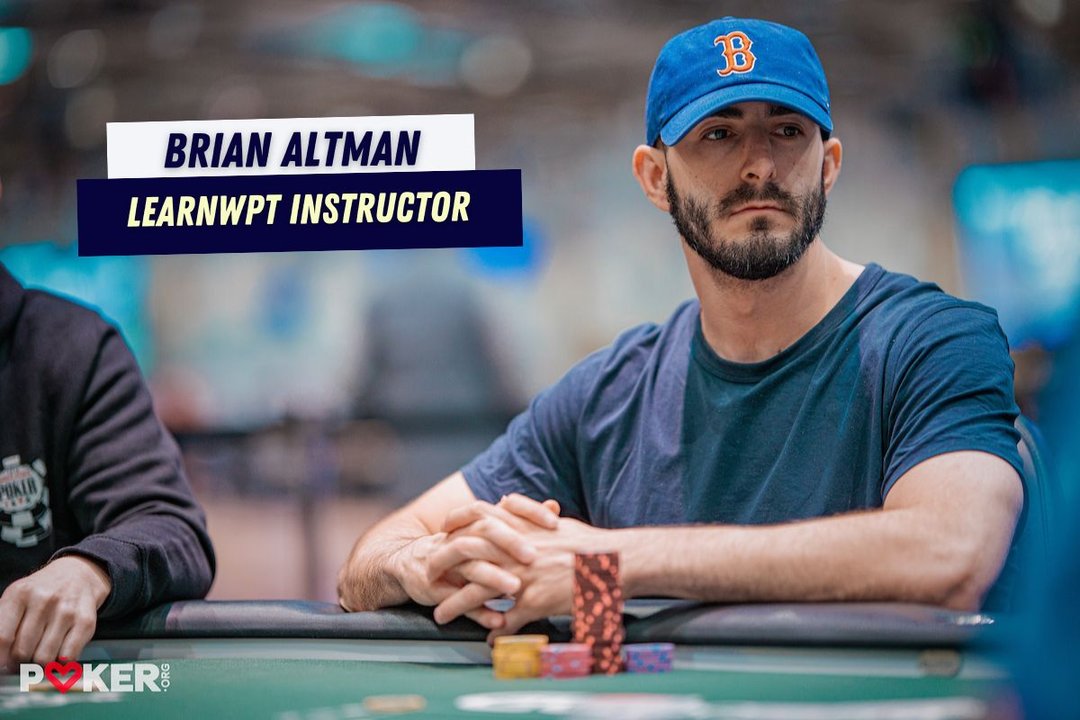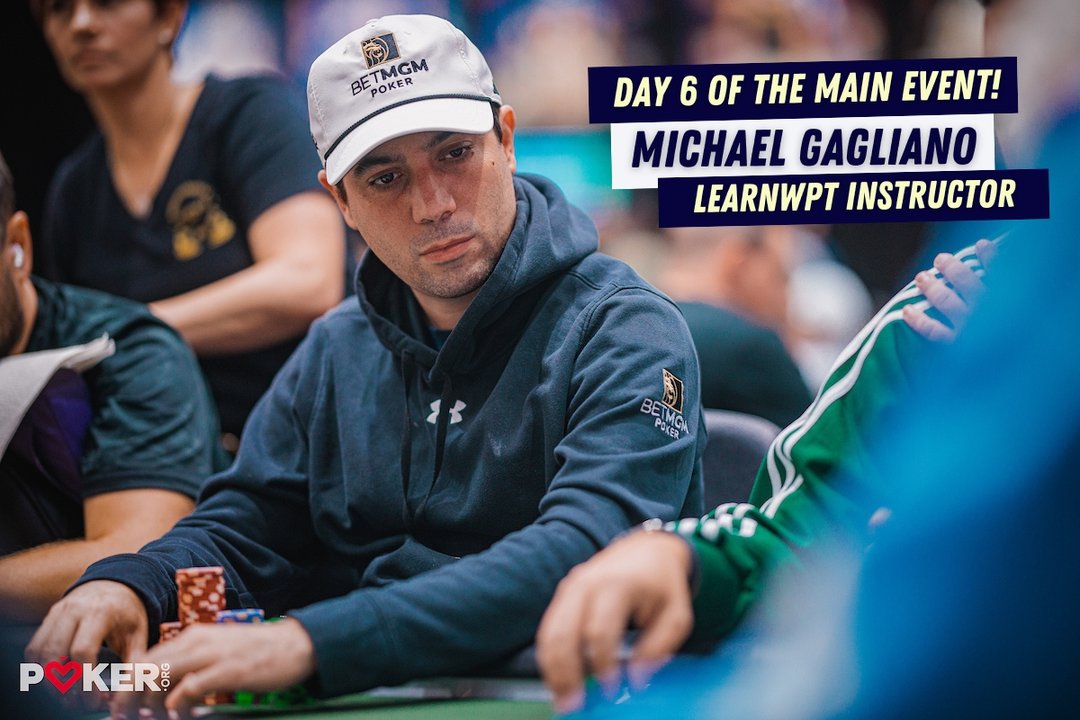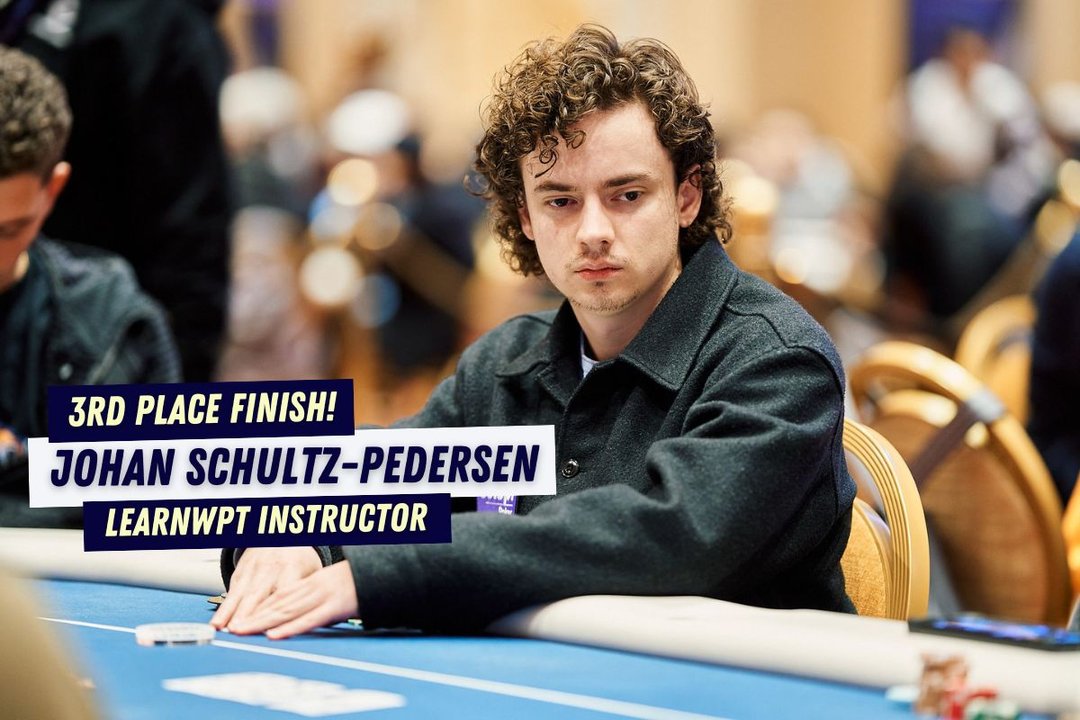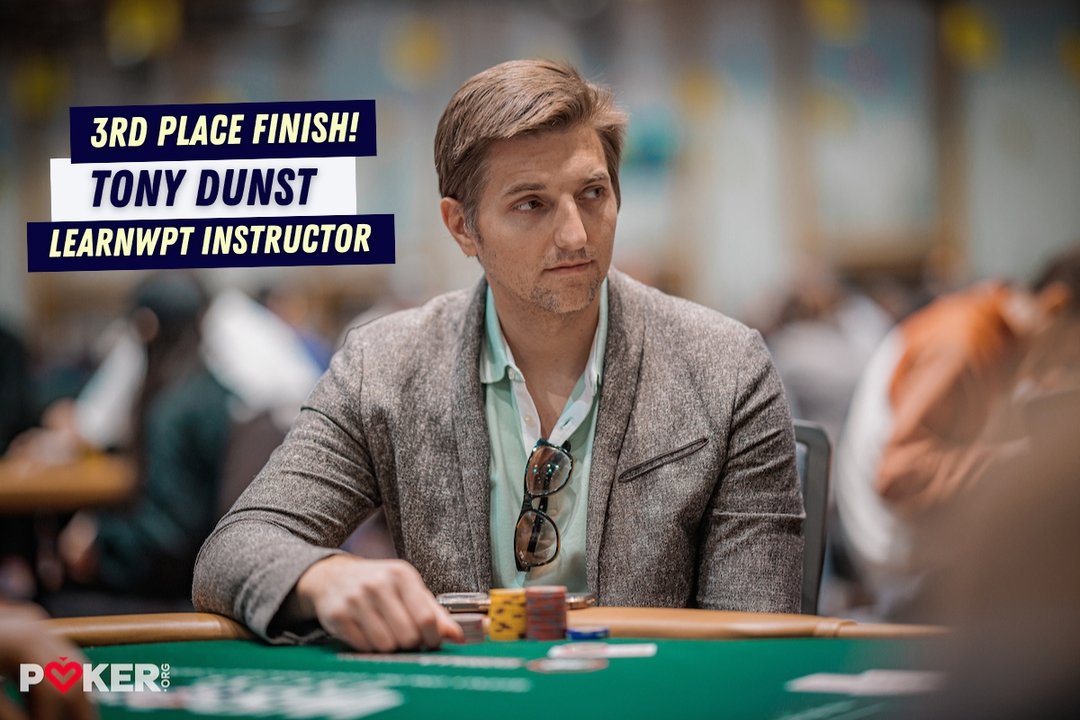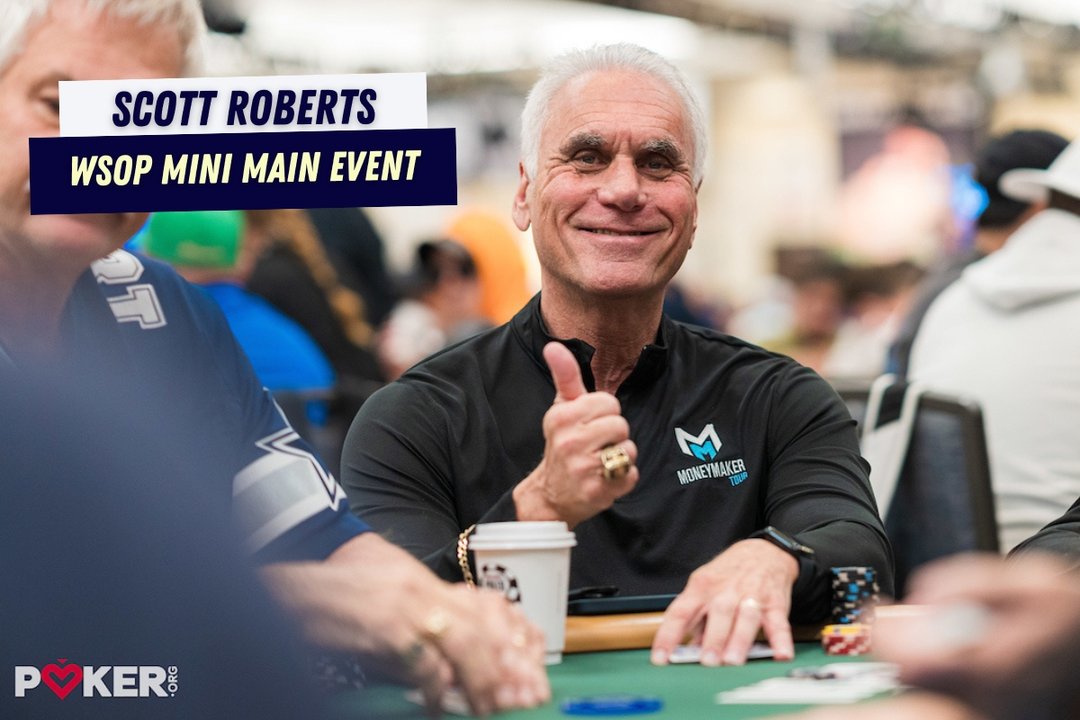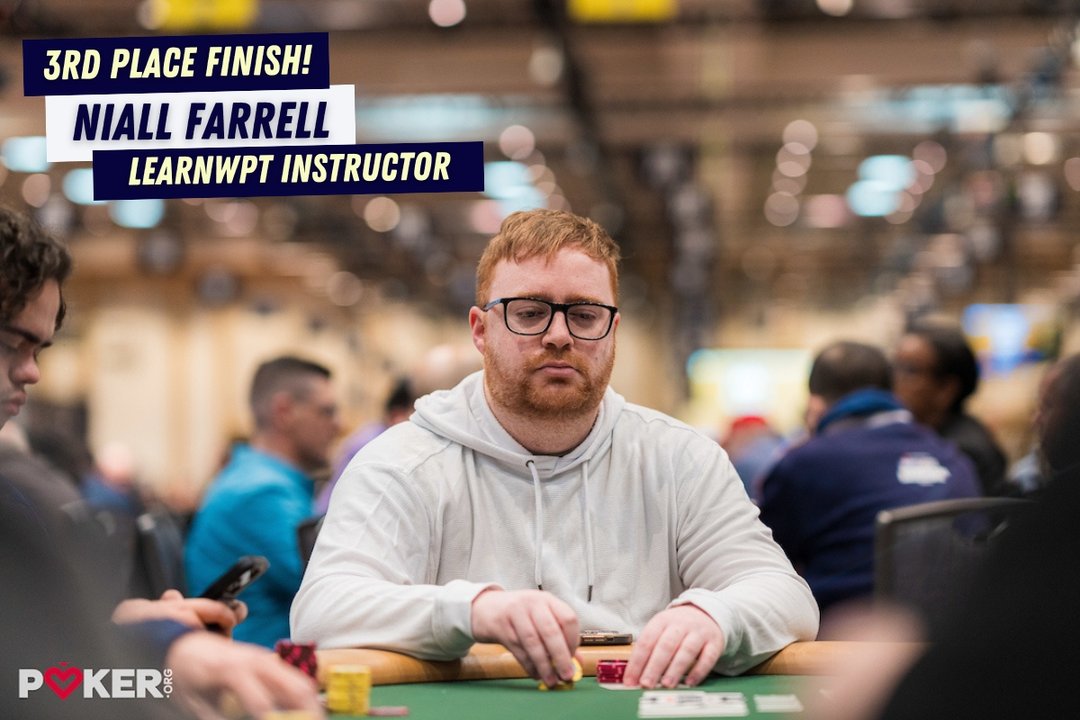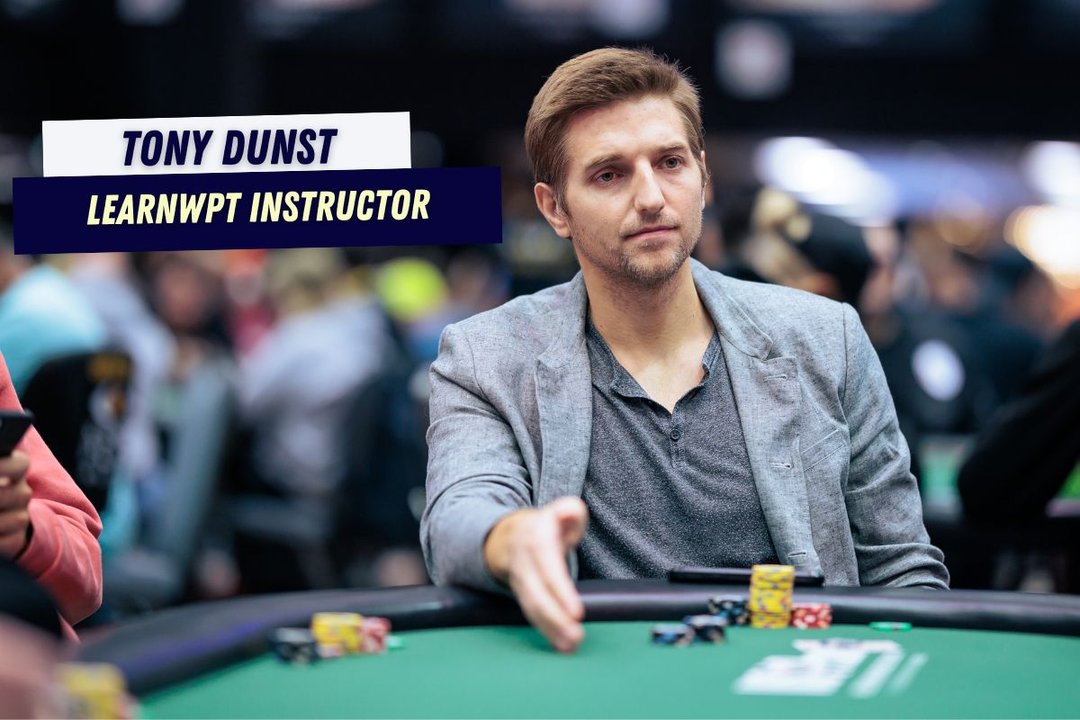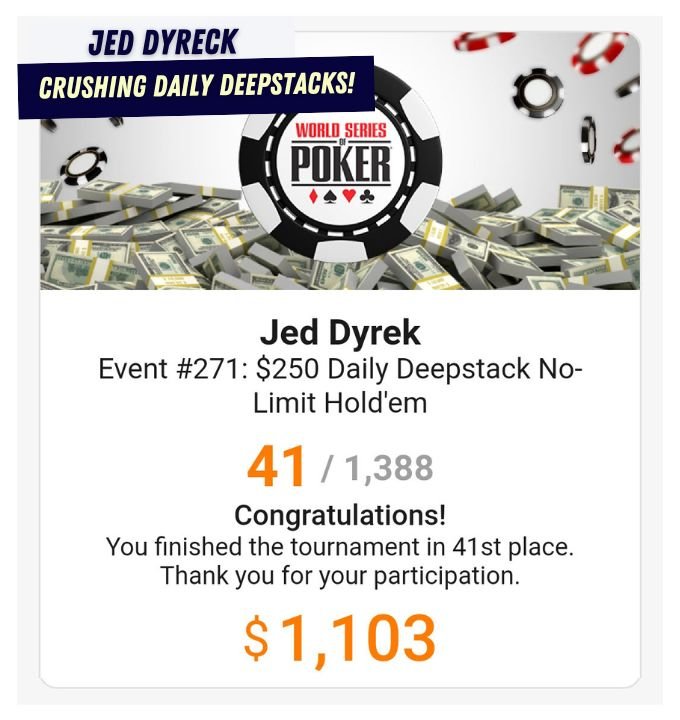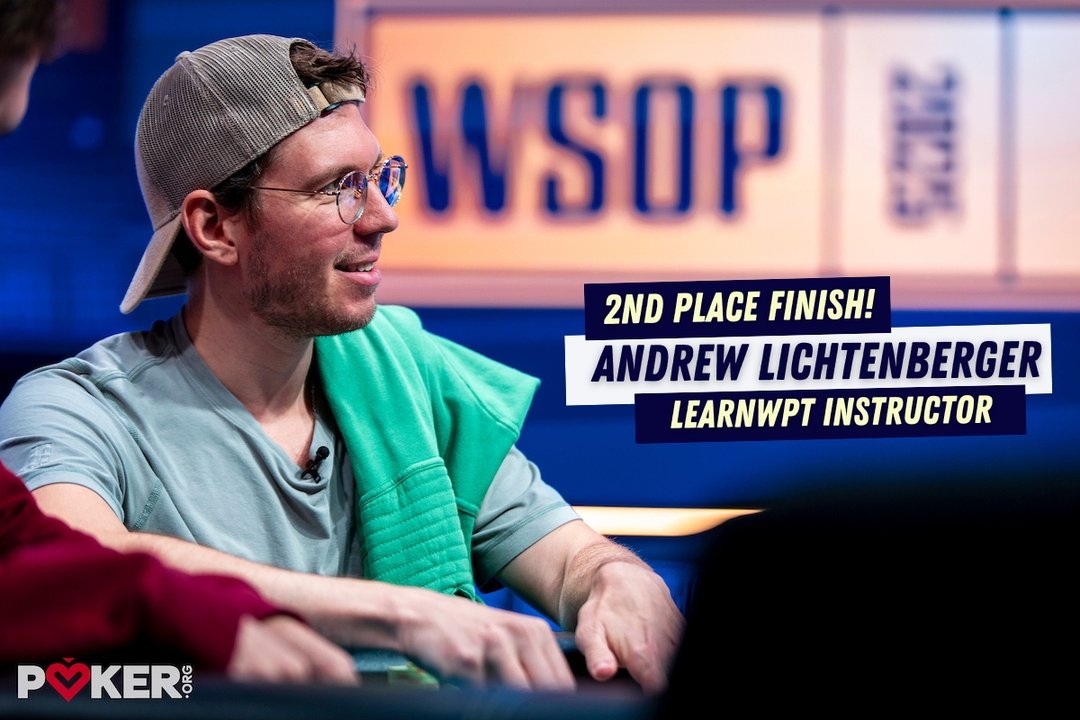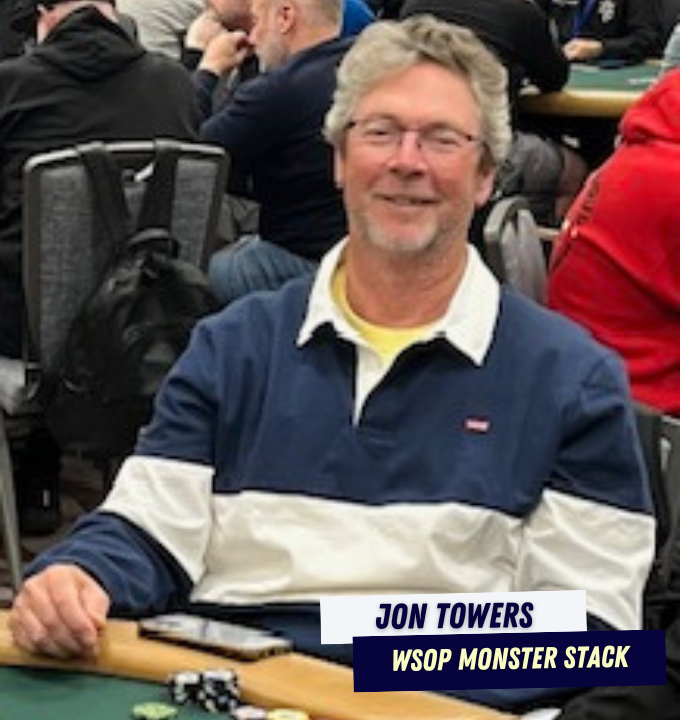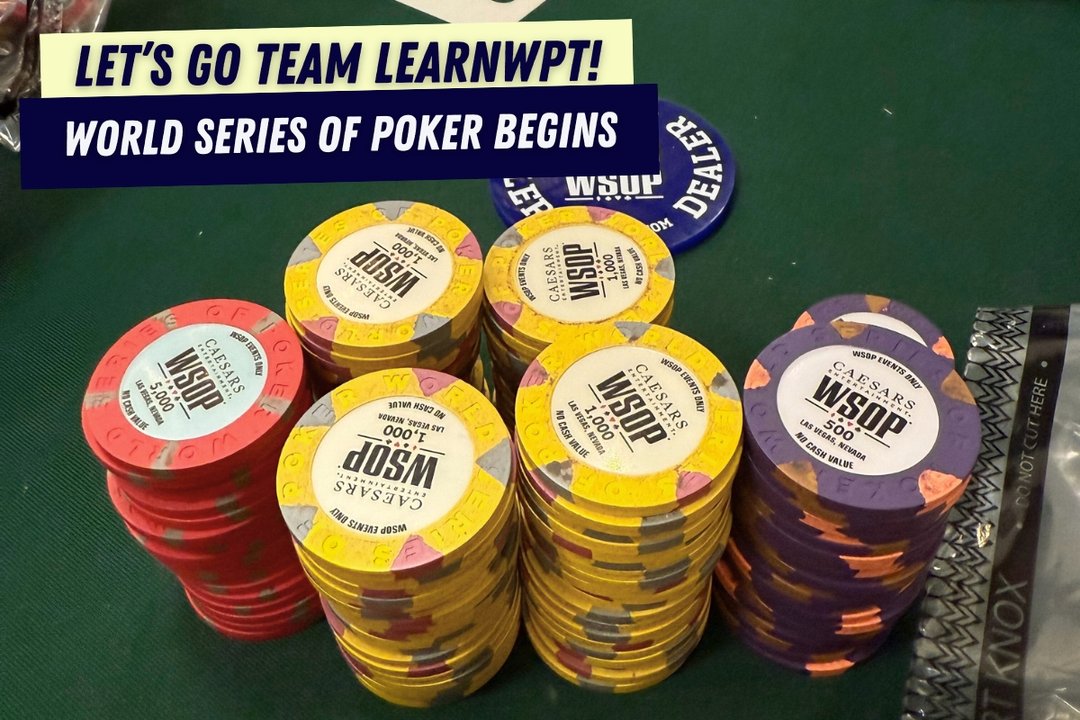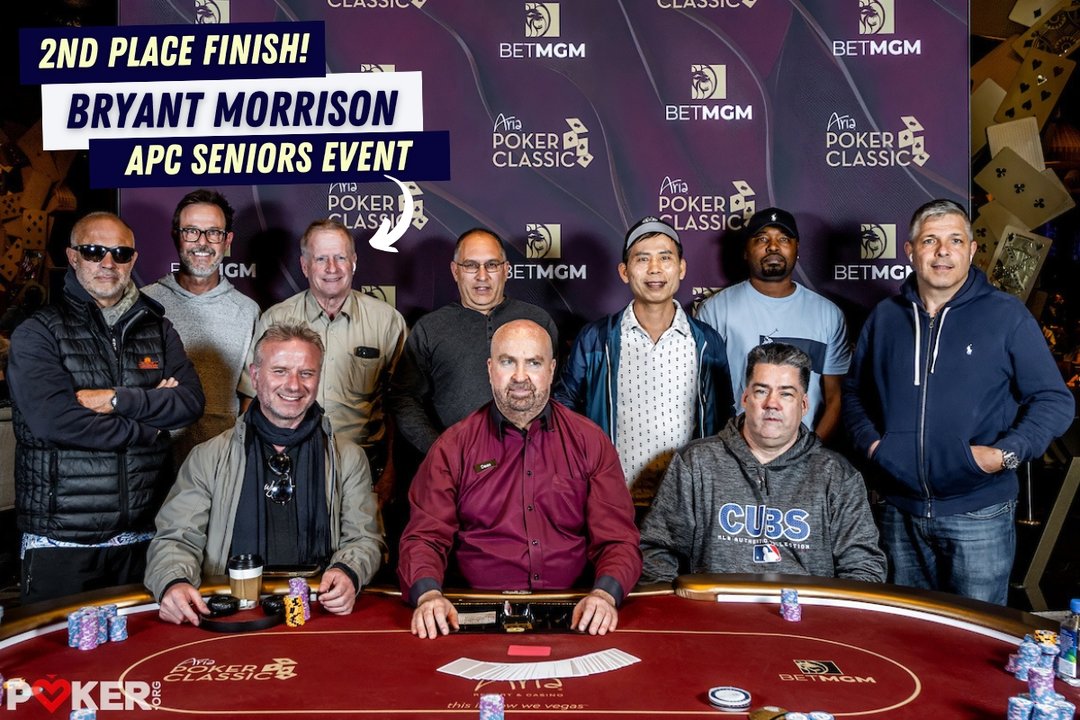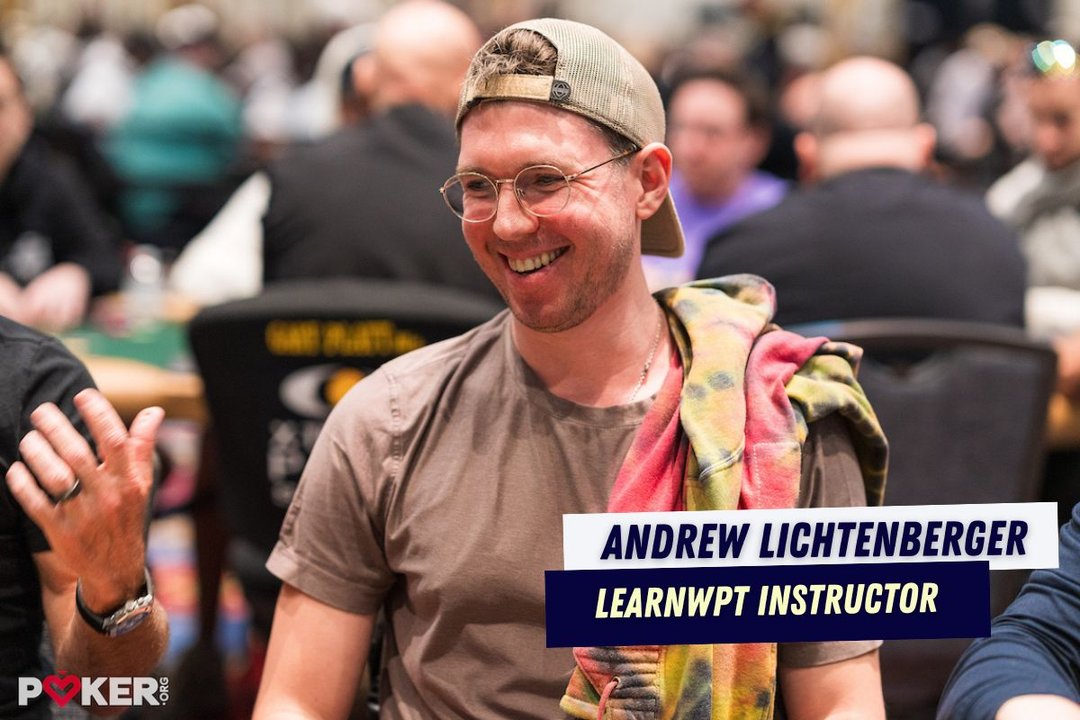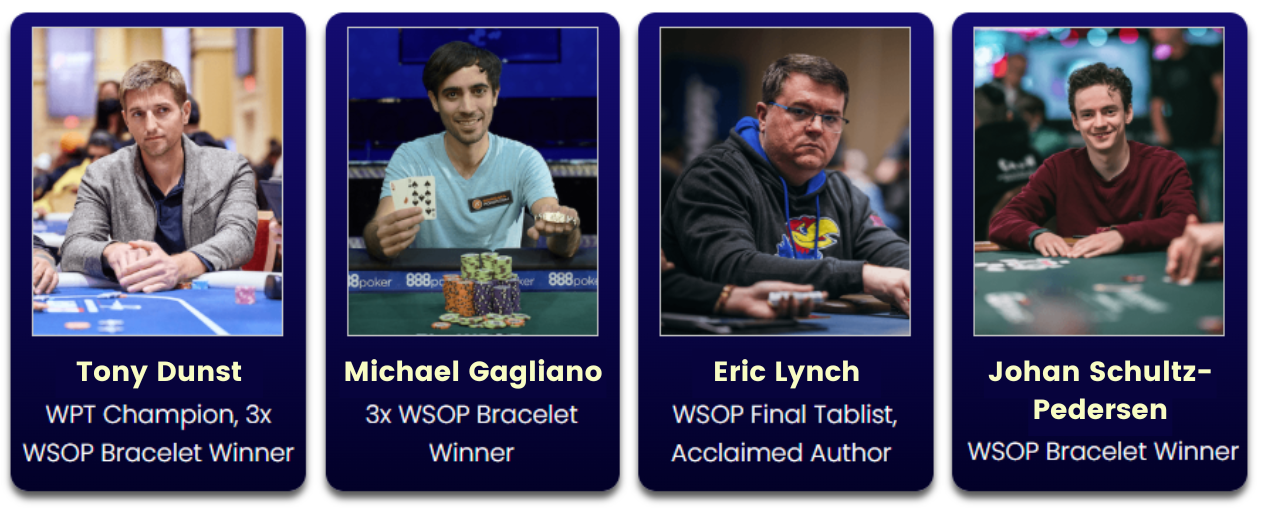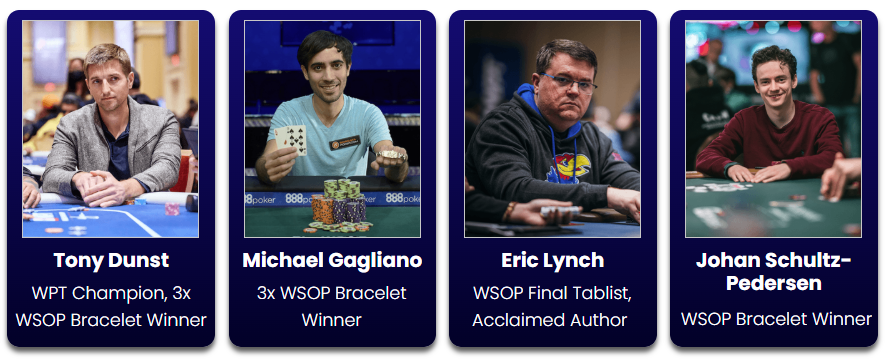Prepare for Your Championship Run With Team LearnWPT!
Getting ready for a big poker series? Team LearnWPT has you covered! These six power-packed warm-up study sessions are designed to sharpen every aspect of your game from mental endurance to exploitative play, so you feel confident and ready for the WPT World Championship Festival at Wynn Las Vegas, WSOP Paradise in the Bahamas, or any tournament series.
Each session breaks down key strategic concepts you’ll rely on deep in a tournament and gives you clear, actionable steps to improve your decision-making under pressure. Plus, you’ll get free videos, downloadable charts, and pro tips to elevate your game even faster.
Dive into the warm-up sessions, study like a pro, and start your next deep run today. Let's get started...
① Warm-Up: Mental Game & Endurance
In this session, mental game expert Jared Tendler joins Team LearnWPT’s Adrian Naggy to break down the mindset skills every tournament player needs. You’ll learn how to build a steady pre-game routine, stay confident through swings, recover from adversity, and maintain focus across long tournament days. They also cover how sleep and nutrition impact your decision-making deep in an event.
➧ Review the Mental Game & Endurance Session
② Warm-Up: Preflop Strategy
In this session, Instructors Eric “Rizen” Lynch and Michael “Gags30” Gagliano break down the single decision that shapes every hand you play... your preflop action. They teach you how to build strong opening ranges, identify profitable steal spots, and apply effective 3-betting strategies to create edges against tougher opponents. You’ll come away with a clearer plan for every preflop scenario.
➧ Review the Preflop Strategy Session
③ Warm-Up: Defense Strategy
In this warm-up session, Rizen and Gags talk about the specific strategies you can use when facing aggression in common defense situations at the poker table. You’ll learn how to decide when to defend in position versus out of position, how to respond to different bet sizes, and how to avoid the costly mistakes that happen when players overfold or get sticky.
➧ Review the Defense Strategy Session
④ Warm-Up: Postflop Strategy
This session gets you ready to attack flops with properly sized c-bets, recognize when to float aggressive opponents, and make big laydowns or hero calls when the pressure mounts. Gags and Rizen dive into approaching tough opponents and share exploitative adjustments that help you extract max value when you have a skill edge.
➧ Review the Postflop Strategy Session
⑤ Warm-Up: Satellite, ICM, & Bubble Strategy
In this session, Rizen and Adrian break down the key factors behind tough bubble decisions and explain the strategic differences between satellites and traditional MTTs. They also cover how ICM (Independent Chip Model) impacts hand ranges and bet sizing and walk through the specific adjustments required for Milestone Satellites.
➧ Review the Satellite, ICM, and Bubble Session
⑥ Warm-Up: Exploits and Intuition
This session focuses on using your strategic foundation to punish mistakes and sharpen your feel for the game. Rizen and Gags will teach you how successful players spot clear errors from opponents, when to shift gears into exploitative play, and how to maximize your edge in dynamic tournament environments.
➧ Review the Exploits and Intuition Session
The Can't-Miss Event of the Season Is Back!
The highly anticipated, award-winning WPT® World Championship Festival at Wynn Las Vegas returns December 2–22 with 78 events across 21 days - including more satellites than ever.
This year’s schedule offers something for every bankroll, with buy-ins ranging from $600 all the way up to $25,800 high rollers. Players can also jump into more than two dozen satellites starting at just $200, giving everyone a shot at earning seats into the biggest events of the year at a huge discount.
Expanded mixed-game offerings join the lineup as well! The 2025 festival will feature HORSE, TORSE, Omaha 8, Big O, OE, Mixed Triple Draw, PLO, and 2-7 Mixed Limits.
The festival opens with a $1,000,000 GTD $800 NLH multi-flight event and continues with fan favorites, including:
- $250,000 GTD Ladies Championship
- $5 Million GTD Prime Championship
- The massively popular Mystery Bounty ($1 Million GTD)
- Seniors Championship (50+)
- And of course, the premier event - the WPT World Championship
Click here to view the complete 2025 WPT® World Championship at Wynn Las Vegas Festival schedule or visit WynnLasVegas.com and WPT.com for additional details.
We’ll see you on the felt!
Improve Your Game With Team LearnWPT
The time is now to get your poker game ready! Whether you’re brand new to the game or an experienced student looking to level up, this is your chance to learn from world-class professional players and instructors in a friendly, supportive community powered by state-of-the-art training tools.
Becoming a LearnWPT.com Member is easy. Click the red JOIN NOW button to get started for just $5 for your first month of membership.
As a Member, you’ll instantly unlock access to LearnWPT Training and GTO Trainer packs, including:
- An on-demand library of 550+ strategy videos
- GTO Trainer packs to practice and drill hands
- Downloadable charts and tools
- A private Member Discord
- Live monthly Study Sessions with Team LearnWPT
- And much more!
Have questions about LearnWPT? Email our support team at [email protected] - we're happy to help!
Have FUN, Good Luck, and Good Playing!
Playing any of the WPT Championship Events at Wynn Las Vegas? Be sure to stop by and say hi 👋 to Team LearnWPT!
Let us know if you’re in the action during the Championship Events or any of the festival side events. Follow and tag us on social media to share a photo with Team LearnWPT, show off your chip stack, or celebrate a deep run - we love cheering on our students.
Facebook @learnwpt | Instagram @learn_wpt | X @LearnWPT
We always love to hear how LearnWPT Students are performing, and we can’t wait to celebrate your success at the table.
Good luck and good playing,
-Team LearnWPT
